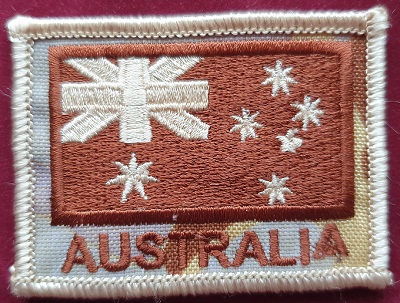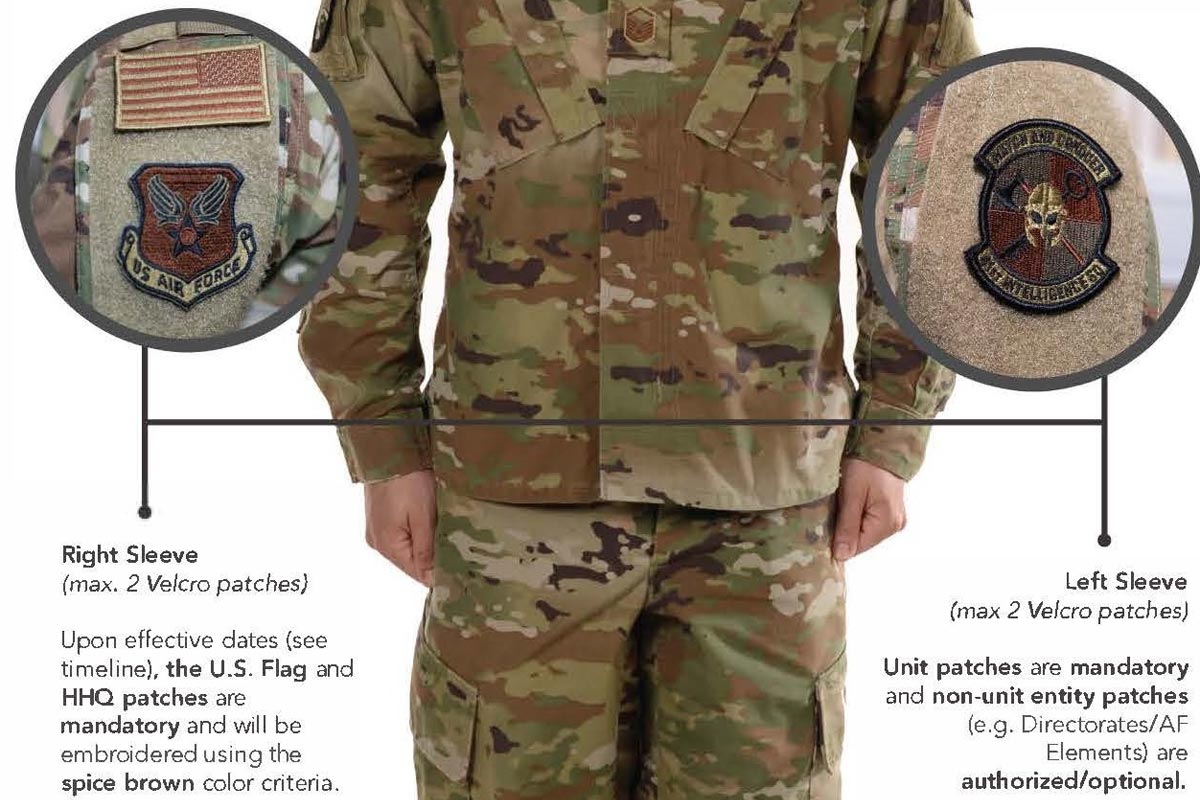Deployment Patch Regulation
Introduction
In this article, we will be discussing the Deployment Patch Regulation and its importance in the Army. We will explore the significance of patches, their role in representing deployments, and the guidelines outlined in the regulation. So, let's dive right in!
The Significance of Deployment Patches
Deployment patches hold a special meaning for soldiers in the Army. They symbolize the experiences, sacrifices, and achievements during their time serving in various deployments. These patches serve as a visual representation of the time spent away from home, the camaraderie formed with fellow soldiers, and the challenges endured in unfamiliar territories. Let's take a closer look at the importance of these patches.
Guidelines and Regulations
The Deployment Patch Regulation provides specific guidelines on the design, wear, and display of deployment patches. It ensures uniformity and consistency in representing a soldier's deployment history. Let's explore some key aspects of the regulation:
1. Design and Approval Process

Each deployment patch has a unique design that captures the essence of the deployment and the mission objectives. The regulation outlines the process for designing and obtaining approval for these patches. It involves collaboration between the unit responsible for the deployment and the appropriate authorities. The design should adhere to certain specifications and guidelines to maintain consistency.
2. Placement and Wear

Deployment patches are typically worn on the Army Combat Uniform (ACU) or other authorized attire. The specific guidelines for placement and wear vary depending on the type of uniform and the soldier's rank. The regulation provides detailed instructions on the size, positioning, and orientation of the patches to ensure a uniform appearance while allowing for individual distinction.
3. Display and Commemoration
Deployment patches are not just meant to be worn during active deployments. They hold great sentimental value for soldiers, representing their accomplishments and memories. The regulation encourages soldiers to display their deployment patches in appropriate settings such as shadow boxes, display cases, or personal memorabilia. This allows for a visual reminder of the challenges overcome and the bonds forged during their time in service.
FAQs about Deployment Patches
Now, let's address some frequently asked questions related to deployment patches and the associated regulations.
Q: Can soldiers design their own deployment patches?
A: While soldiers can have input in the design process, the approval of deployment patches lies with the appropriate authorities. This ensures that the patches maintain consistency and meet the required standards.
Q: Are deployment patches only for combat deployments?
A: No, deployment patches can be awarded for various types of deployments, including combat and non-combat missions. The patches serve as a recognition of the soldier's service, regardless of the nature of their deployment.
Q: Can a soldier wear multiple deployment patches at the same time?
A: Yes, a soldier who has been deployed multiple times is authorized to wear multiple deployment patches. However, there are guidelines regarding the placement and arrangement of the patches to maintain a neat and organized appearance.
Q: Are there any exceptions to the deployment patch regulation?
A: In certain cases, such as Special Operations Forces or unique deployment scenarios, exceptions to the regulation may be permitted. These exceptions are evaluated on a case-by-case basis and require approval from the appropriate authorities.
Conclusion
The Deployment Patch Regulation plays a crucial role in maintaining uniformity and recognizing the service and sacrifices of soldiers during their deployments. These patches serve as a proud symbol of their experiences and an everlasting reminder of the challenges overcome for the sake of duty. By adhering to the guidelines outlined in the regulation, soldiers ensure that their deployment patches accurately reflect their service and contribute to a sense of unity within the Army.
So, next time you see a soldier proudly wearing their deployment patch, you will have a better understanding of the significance behind it. Let us always honor and appreciate the dedicated men and women who serve our country!
Norse Pagan National Guard Member, An Alabama Native, Gets Army Beard
 Image Source : www.al.com
Image Source : www.al.com 670 regulation norse waiver pagan beards member sergeant sofrep
Cool Example Army Memorandum 2022
 Image Source : civildefence.info
Image Source : civildefence.info Army Deployment Patch Regulation - Army Military
 Image Source : armymilitary.net
Image Source : armymilitary.net Australian Flag Deployment Patch – DPDU – Welcome To Australian
 Image Source : www.militaria-sales.com.au
Image Source : www.militaria-sales.com.au Flag Patch On Army Uniform
 Image Source : army.sacramentofiremuseum.org
Image Source : army.sacramentofiremuseum.org Poderío Militar: La Fuerza Aérea Adopta Uniforme De Uniforme De
 Image Source : poderiomilitar-jesus.blogspot.com
Image Source : poderiomilitar-jesus.blogspot.com Army Asu Measurements - Taele
Djibouti SSI-FWTS Patch? : R/army
 Image Source : www.reddit.com
Image Source : www.reddit.com 670 regulation norse waiver pagan beards member sergeant sofrep. Norse pagan national guard member, an alabama native, gets army beard. Army deployment patch regulation. Flag patch on army uniform. Australian flag deployment patch – dpdu – welcome to australian